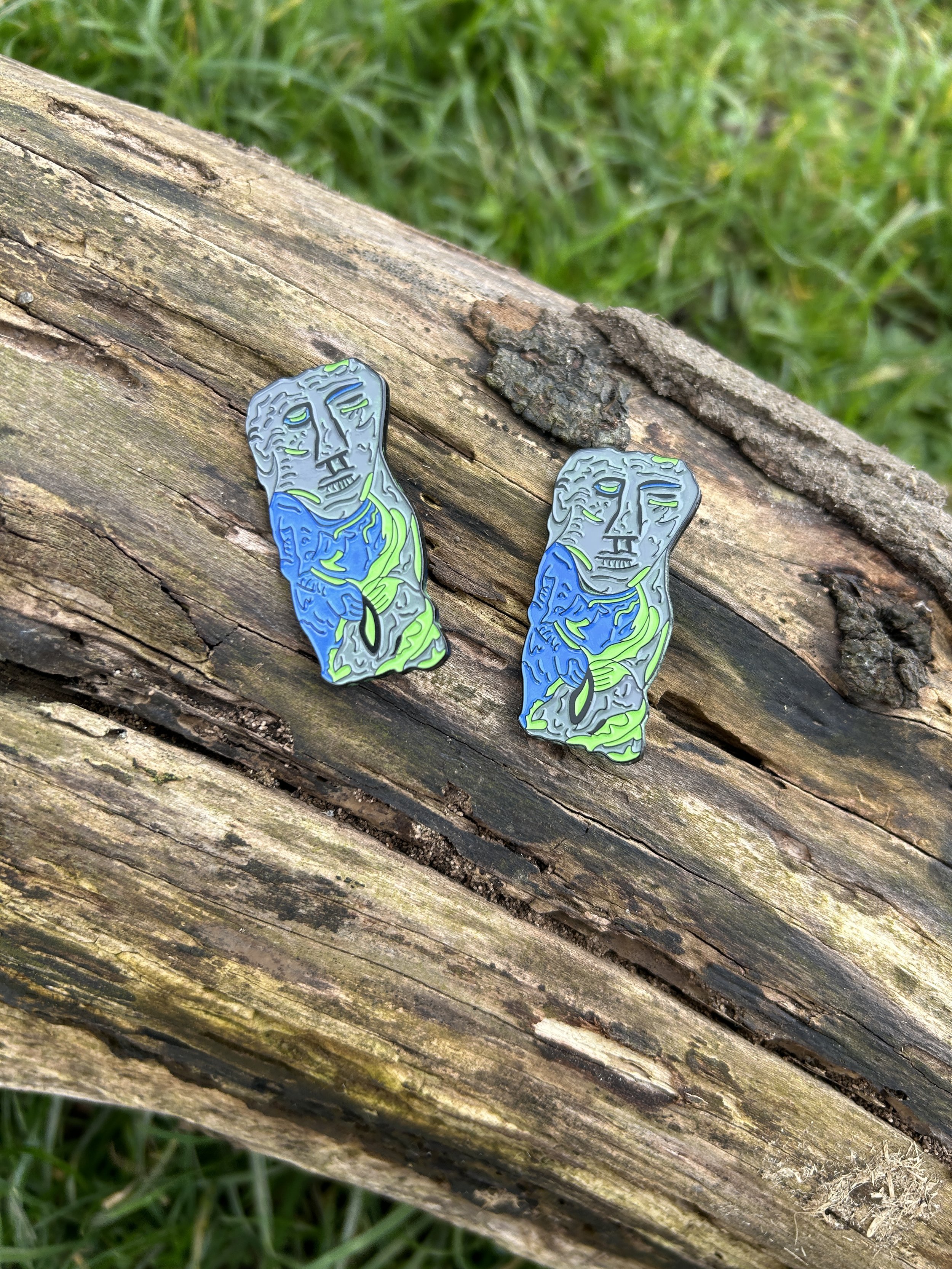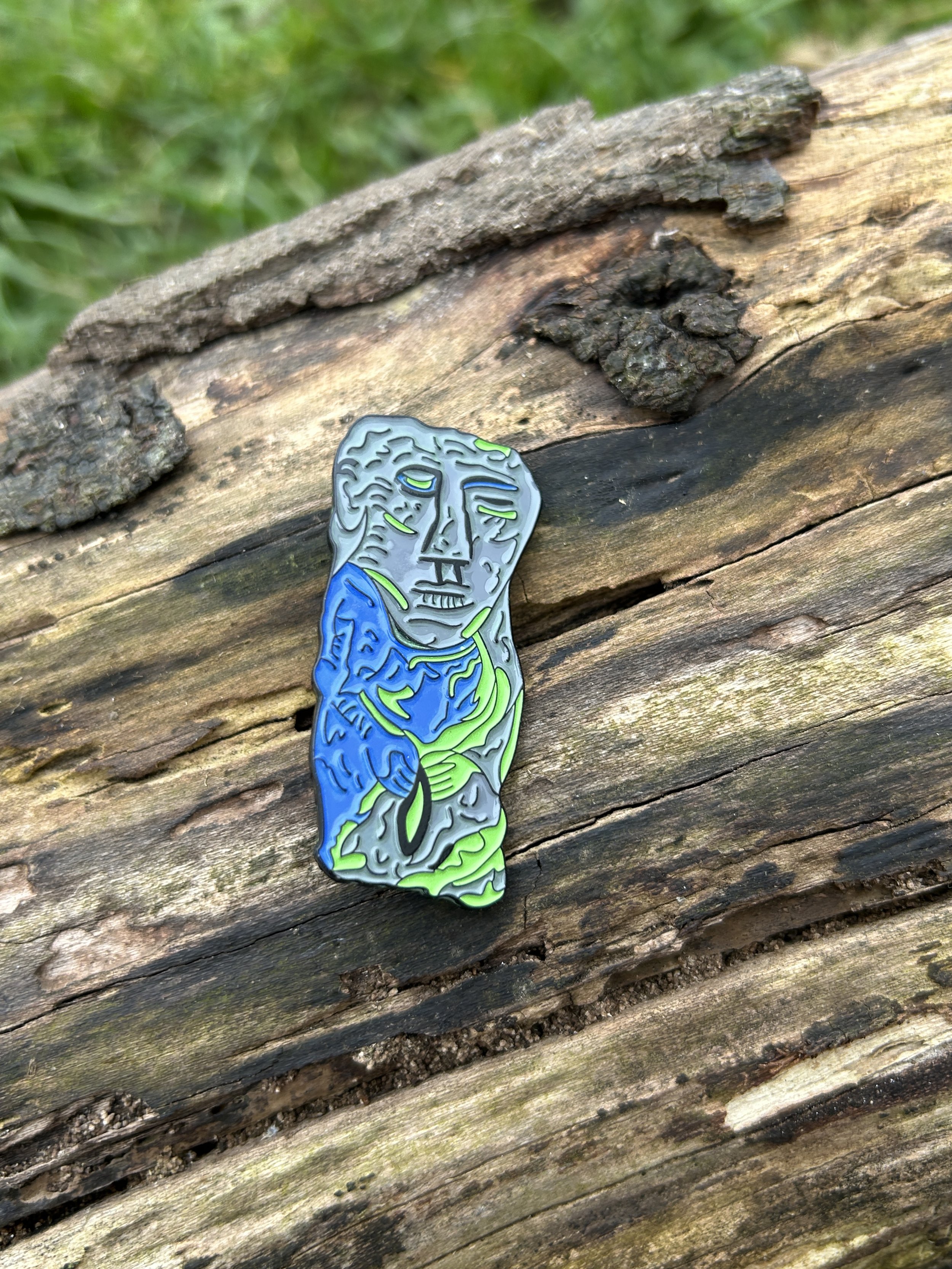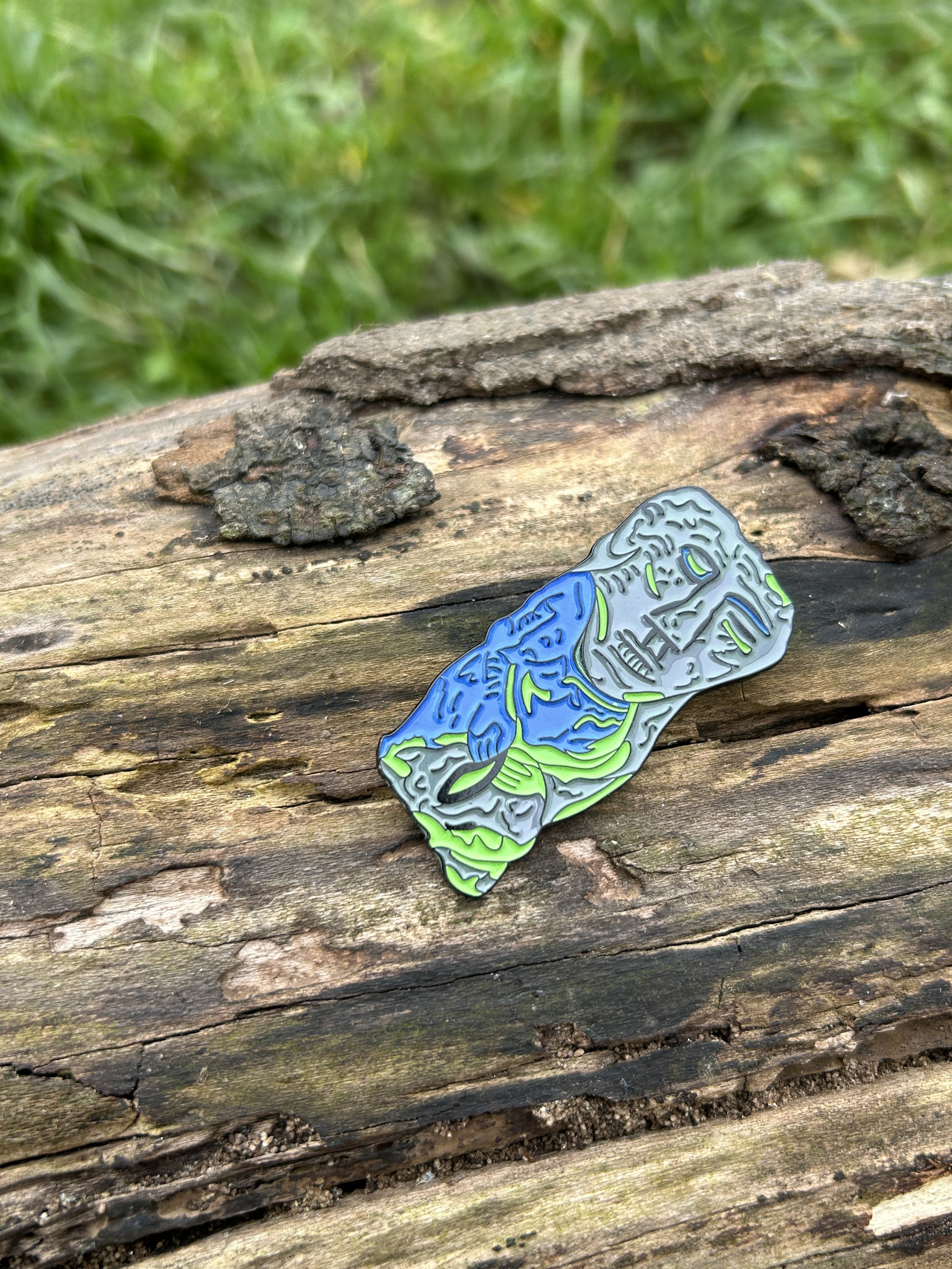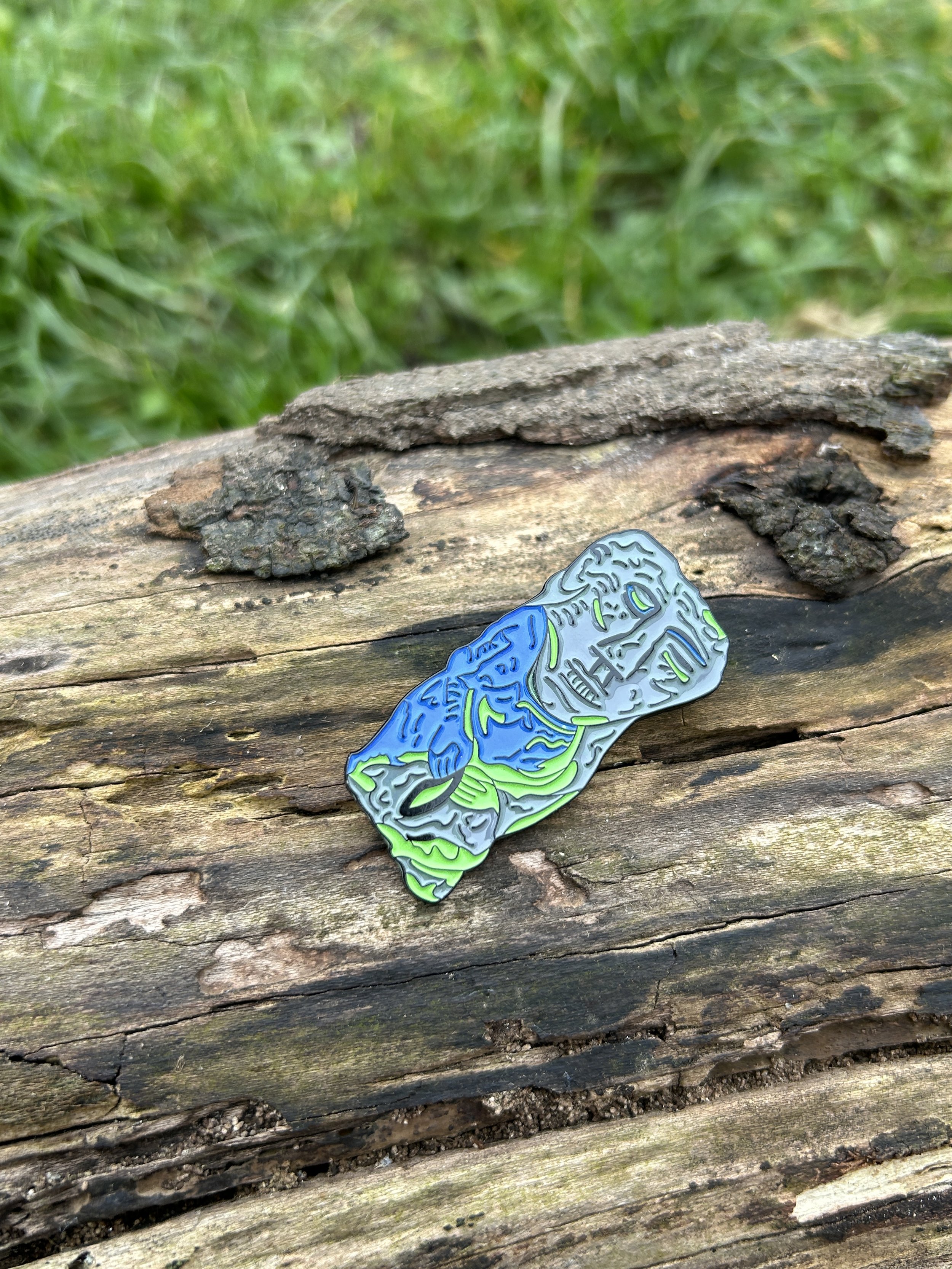 Image 1 of 9
Image 1 of 9

 Image 2 of 9
Image 2 of 9

 Image 3 of 9
Image 3 of 9

 Image 4 of 9
Image 4 of 9

 Image 5 of 9
Image 5 of 9

 Image 6 of 9
Image 6 of 9

 Image 7 of 9
Image 7 of 9

 Image 8 of 9
Image 8 of 9

 Image 9 of 9
Image 9 of 9










MARGARET O'CONNOR (Large ) Brooche Sheela Na Gig Glow in the dark!)
sheela na gig is a figurative carving of a naked woman displaying an exaggerated vulva. These carvings, from the Middle Ages, are architectural grotesques found throughout most of Europe on cathedrals, castles, and other buildings.
The greatest concentrations can be found in Ireland, Great Britain, France and Spain, sometimes together with male figures. Ireland has the greatest number of surviving sheela na gig carvings; Joanne McMahon and Jack Roberts cite 124 examples in Irelandand 45 examples in Britain.] One of the best examples may be found in the Round Tower at Rattoo, in County Kerry, Ireland. There is a replica of the Round Tower sheela na gig in the County Museum in Tralee town. Another well-known example may be seen at Kilpeck in Herefordshire, England.
The carvings may have been used to ward off death, evil and demons.[1][2] Other grotesquecarvings, such as gargoyles and hunky punks, were frequently part of church decorations all over Europe. It is commonly said that their purpose was to keep evil spirits away (see apotropaic magic). They often are positioned over doors or windows, presumably to protect these openings.
sheela na gig is a figurative carving of a naked woman displaying an exaggerated vulva. These carvings, from the Middle Ages, are architectural grotesques found throughout most of Europe on cathedrals, castles, and other buildings.
The greatest concentrations can be found in Ireland, Great Britain, France and Spain, sometimes together with male figures. Ireland has the greatest number of surviving sheela na gig carvings; Joanne McMahon and Jack Roberts cite 124 examples in Irelandand 45 examples in Britain.] One of the best examples may be found in the Round Tower at Rattoo, in County Kerry, Ireland. There is a replica of the Round Tower sheela na gig in the County Museum in Tralee town. Another well-known example may be seen at Kilpeck in Herefordshire, England.
The carvings may have been used to ward off death, evil and demons.[1][2] Other grotesquecarvings, such as gargoyles and hunky punks, were frequently part of church decorations all over Europe. It is commonly said that their purpose was to keep evil spirits away (see apotropaic magic). They often are positioned over doors or windows, presumably to protect these openings.